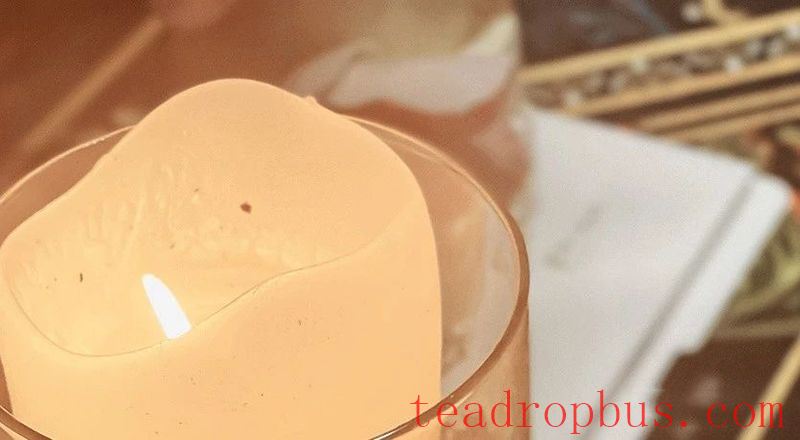
Blending is akin to selecting ingredients for daily meals, determining the precise amounts of condiments and seasonings used in cooking. The ratios and types of seasonings directly influence the sweet and refreshing taste of meat and vegetables.
It's amazing how the difference between a delicious feast and a culinary disaster can be so slight when using the same ingredients and seasonings. Pu'er Tea blending shares similar principles with these culinary combinations.
Tea leaves with distinct characteristics are skillfully recombined by blenders according to different proportions. This is done to leverage each other's strengths, conceal weaknesses, and achieve balance. A successfully blended tea is like a beauty, where any addition or subtraction would spoil its perfection. Moreover, the space for aging of a successfully blended Pu'er tea is significantly influenced.
Stimulation, the Art of Proportion
Zhou Yunchuan, founder of the “Five Right Ripe Tea” brand, has been involved in blending for over twenty years. He believes that blending is a challenging journey, an art of finding classics within the margins, rather than merely a technical process.
In his view, although major tea factories are now engaged in blending, the development of blending techniques can be categorized into three main methods. “The first type of blending is relatively basic, involving simple addition and subtraction among raw materials. This is considered a rudimentary form of blending, aimed at maximizing the utilization of raw materials.
The second type is complementary blending, where the strengths and weaknesses of teas from different regions are balanced. The highest level of blending, which we refer to as ‘stimulation,' is rarely practiced. Utilizing raw materials effectively enhances the quality and consistency of the tea. In most cases, a blend might simultaneously employ addition and subtraction along with complementary blending.”
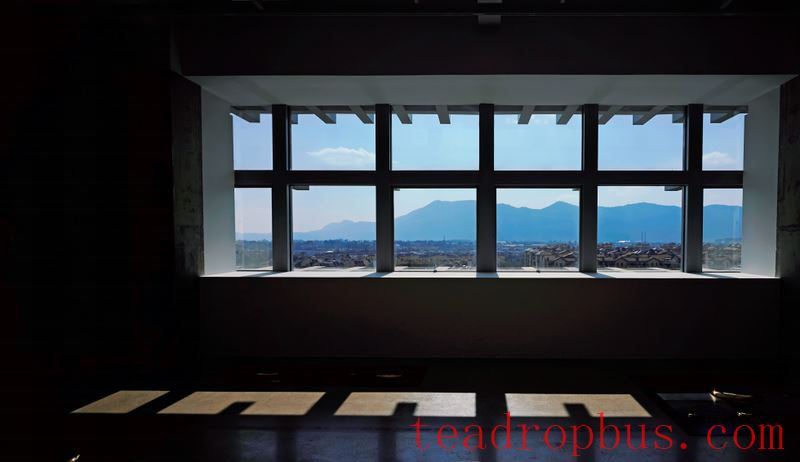
However, the stimulation method is seldom utilized, and Zhou Yunchuan considers it the most difficult to achieve. “Stimulation means that this year's tea, in various aspects, needs to be blended with tea from a specific region or vintage to bring out its best qualities. This is the highest and most challenging form of blending,” says Zhou Yunchuan.
In Zhou Yunchuan's blending world, Pu'er teas from different regions and mountains are like students with distinct characteristics in a class, and he is their head teacher. Some excel in liberal arts, others in sciences but struggle with foreign languages, while some are all-rounders with average scores above 90 in all subjects.
One such all-rounder is Yiwu. “I believe Yiwu tea is the most balanced among the ancient six tea mountains. Regardless of aroma, taste, and mouthfeel, Yiwu scores above 90, with almost no weaknesses. It tastes great even as a single-origin because of its excellent balance,” Zhou Yunchuan explains while brewing the Red Seal from the Yinbenji series. “Yibang, on the other hand, is known for its finest water path, scoring as high as 95 in this aspect, but its other attributes may only reach around 80. Through advanced blending techniques, I can enhance a particular attribute of the tea.”
Some regions, like Gedeng and Mangzhi, have distinctive characteristics that do not necessarily need stimulation. For example, Gedeng has a high fragrance and obvious astringency, which doesn't mean they are inferior; instead, their unique features make them stand out. To achieve balance, one must find complementary teas.
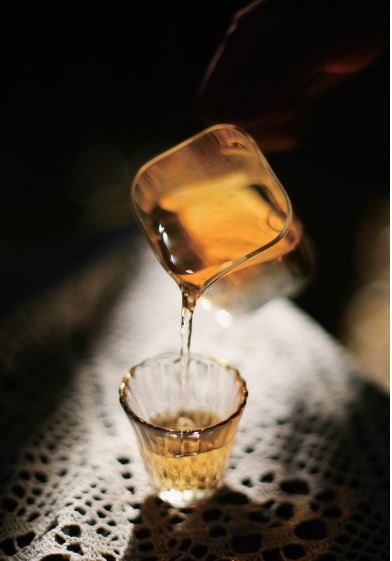
A sip of the “Red Seal Original Story” from Five Right Ripe Tea further highlights the outstanding qualities of Yiwu. Yiwu is characterized by its gentle nature, representing excellent harmony, a balance between bitterness and astringency, and a full-bodied flavor. Drinking the tea feels like listening to an elder tell a story, unhurried and rich in flavor. The tea is robust and smooth, seemingly plain yet rewarding upon closer examination, with a lingering aftertaste and Sweetness.
“This Red Seal Original Story was fermented using Yiwu tea. Although Yiwu has its own unique characteristics, it's not perfect. I wanted to use the ‘stimulation' blending technique to enhance its distinct aroma.”
Even the simplest addition and subtraction blending isn't a random combination but requires a deep understanding of the flavors of teas from each mountain and the advantages and disadvantages of fresh leaves from each Village. Continuously recombining and integrating them to find the optimal solution is crucial. The “stimulation” blending method wields the baton of artistry within these margins.
The Significance of Blending Different Vintages
Discussing the advantages that blending brings to the long-term storage of Pu'er tea inevitably involves comparing pure and blended teas. The premise should be that, aside from differences in raw materials, all key factors influencing the transformation of the tea (including refining processes, storage conditions, and age) are identical or very similar. Otherwise, the discussion loses meaning.
Under these conditions, Zhou Yunchuan believes that blended teas are safer in terms of their taste profile during aging. “We cannot say which is better tasting, only that blending is safer. Blended teas offer richer layers of flavor, while pure teas tend to be more straightforward. Being straightforward isn't bad; if a pure tea is perfect in a given year, it can surpass blends. However, if certain indicators are low in a particular year, the result won't be ideal. This also heavily depends on the blending skills,” Zhou Yunchuan admits. Blending significantly impacts aging, and discussing it is complex due to the broad scope and ever-changing variables involved.
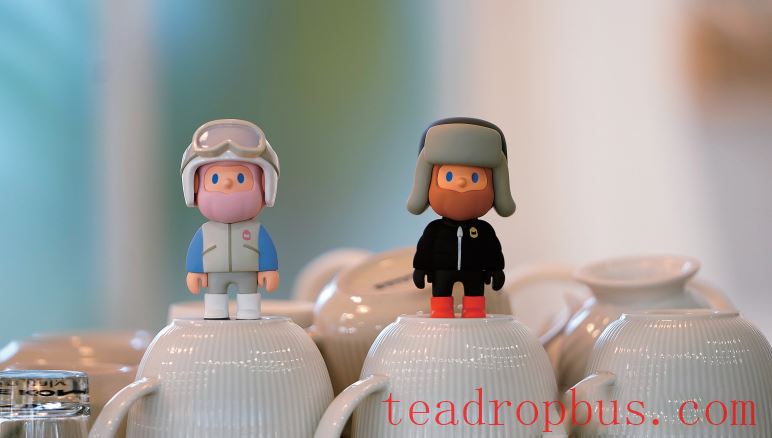
“For single-origin teas, I particularly like using Yiwu. Many large tea companies use their existing raw materials from different vintages for blending. In 2006, we produced an Autumn Tea, which we later blended with Spring Tea from 2007 and autumn tea from 2006. Today, their aging progress is similar, and there's little difference in their performance. The blended tea shows excellent results.”
Zhou Hongjie, a professor of tea science at Yunnan Agricultural University, believes that experienced tea makers blend older materials to avoid the slight astringency and bitterness of new teas, creating a different sensory experience in terms of color, aroma, and taste. Generally, the proportion of “older materials” does not exceed 10%. “Some manufacturers blend teas aged for more than three years with those stored for seven to ten years or longer to harmonize the richness, thickness, smoothness, moisture, sweetness, and freshness of the tea,” he explains.
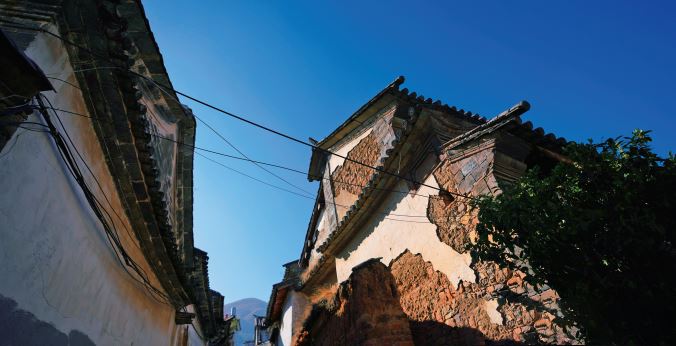
Zhou Hongjie's research also reveals that blending teas from different tree ages surpasses both single-origin ancient trees and blended younger trees from different regions. “Combining the medicinal properties of ancient tree teas with the tea-like qualities of younger trees increases the fullness and richness of the tasting experience, creating products that transcend ordinary tea qualities.” Zhou Hongjie also believes that the optimal ratio of ancient tree raw materials should be no less than 20% but should not exceed 50%.
In summary, when comparing relatively strict pure teas with blends from the same period, pure teas stored for a long time will primarily diverge into two styles: those with prominent sweetness or high bitterness and astringency. Blended teas, on the other hand, exhibit characteristics that naturally occurring pure teas cannot produce, offering a richer and more varied performance after years of aging.
Excerpted from Pu'er Magazine, February 2025 issue
The Wisdom of Proportion, the Art of Harmony